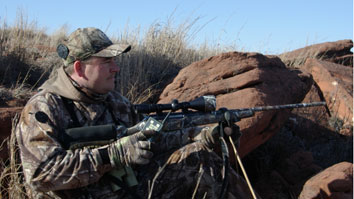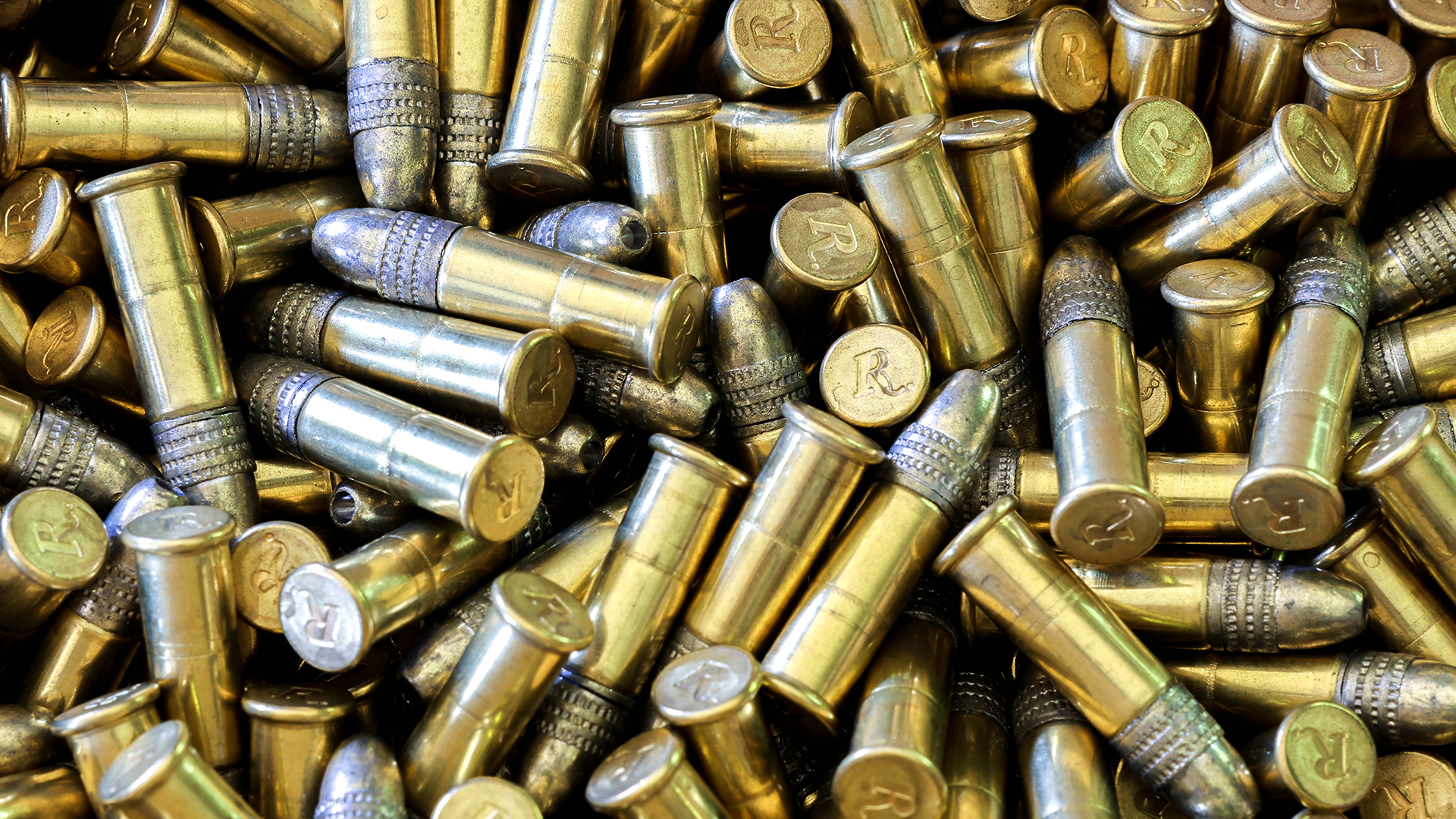
Spring is a great time to call coyotes, fox, and bobcats. However, one mistake many novice callers make that costs them many an opportunity is forgetting to watch the edges.
By that I mean, when calling from a spot where there is a ridge, line of trees or discernible brush line present, watch it like the proverbial hawk. Oftentimes a predator will come to the edge of natural cover and sit or stand for a rather lengthy amount of time. It may advance into an open area, allowing an easy, unobstructed shot, but many times, it may choose instead to remain in the natural cover indefinitely.
Thus, when selecting a stand location prior to calling, you should consider several possibilities before making the first squeak.
Unless completely impossible, I try and choose a calling location that is within easy shooting distance of a natural cover edge. That way if a critter hangs up on the edge line—and this occurs more than you might think—you have set yourself up for success. If, however, you are out of range, not only will you not get a shot, but you may never even see the predator. This is more critical when hunting with a shotgun than a rifle, of course.
Also, after you have selected your calling location, but before you start calling, look closely at the edge line. Take your time and make a mental note of what is there and what is not. Memorize shapes, colors and natural objects. The reason for this is simple. During your calling sequence and while you are waiting for a predator to appear, you can scan the area looking not for the whole animal, but rather for something that was not present before. It may be nothing more than a spot of color, a horizontal back line in a sea of vertical stalks or some other subtle change. If you see anything that seems different, carefully scrutinize the location.
One other tip: Just because you have finished your calling sequence and nothing appeared right away, do not jump up and run to the next spot. Instead, sit quietly for at least a couple of minutes, while staying on your toes for a predator that may be creeping slowly in to investigate. Four minutes have gone by and still nothing? OK. But before jumping up, use your optics to slowly observe the entire length of the edge. It is amazing to me how many times I have done this and, like magic, spotted a coyote or bobcat sitting in the edge that I had not noticed before.




































